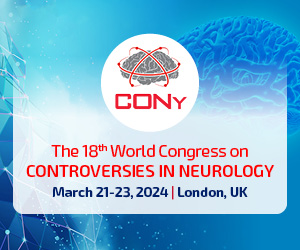Experimental models of multiple sclerosis
Izabela Jatczak, Andrzej Głąbiński
 Affiliation and address for correspondence
Affiliation and address for correspondenceMultiple sclerosis (MS) is a chronic autoimmune disease of the central nervous system (CNS). Aetiology of SM is still unknown. Two pathological processes: inflammation and neurodegeneration are present from the beginning of MS. Autoreactive myelin-specific T cells can mediate the inflammatory response. Final stage of the development of MS is demyelination and axonal damage, which leads to the appearance of neurological symptoms. Several experimental models of MS were developed to get information about the mechanisms of the disease development. Those models include knockout mice (known as myelin mutants), chemically induced inflammation in the CNS, viral and autoimmune models. Knockout animals with blocked gene for myelin basic protein (MBP), mice Rumpshaker and Jimpy without genes for proteolipid protein (PLP), and mice with blocked gene for myelin associated glycoprotein (MAG) have been used to study the mechanisms of demyelination. The use of various toxins such as ethidium bromide or cuprizone also allows the study of the mechanisms of de-/remyelinization in the CNS. Viral models of MS can be induced by Semliki Forest virus and Theiler’s virus. The well-known and widely used experimental model of MS is experimental autoimmune encephalomyelitis (EAE). None of the mentioned above models perfectly initiate development and course of this disease. However, thanks to them the pathological mechanisms leading to development of MS can be studied.








